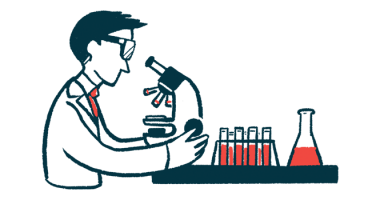
Newly Diagnosed: Taking the First Step on Your Journey
Becoming educated is a good place to start on your journey with Angelman syndrome. Whether you are a patient or a caregiver, knowing as much as possible about the disease will help you be a more active participant in your or your loved one’s healthcare. Learn more below about Angelman syndrome, its causes, its symptoms, and how it’s diagnosed.
Overview
Angelman syndrome is a complex neurological genetic disorder affecting about 1 in 15,000 people. The disorder, which causes physical and intellectual disabilities, was first identified by Dr. Harry Angelman, who noticed similar disabilities in many of his pediatric patients.
Symptoms
Symptoms of Angelman syndrome include distinctive physical features and behavioral characteristics, as well as movement and communication issues. These symptoms can be confused with autism or cerebral palsy, which are more prevalent than Angelman syndrome.
Causes
Angelman syndrome is caused by the absence or malfunction of the UBE3A gene, also known as the Angelman gene, located on chromosome 15. The disorder is generally believed to be random and not hereditary, but researchers have seen a small rate of recurrence within families.
Diagnosis
Angelman syndrome shares many characteristics with more common disorders like autism, cerebral palsy, and mitochondrial encephalomyopathy, making it difficult to diagnose. About half of all Angelman syndrome patients are initially misdiagnosed.
Living With Angelman Syndrome
Angelman syndrome can be difficult to live with due to mobility and communication difficulties, which may affect everyday life, work, and school. There are a variety of strategies that can be used to help patients cope with daily life and to help improve quality of life.





